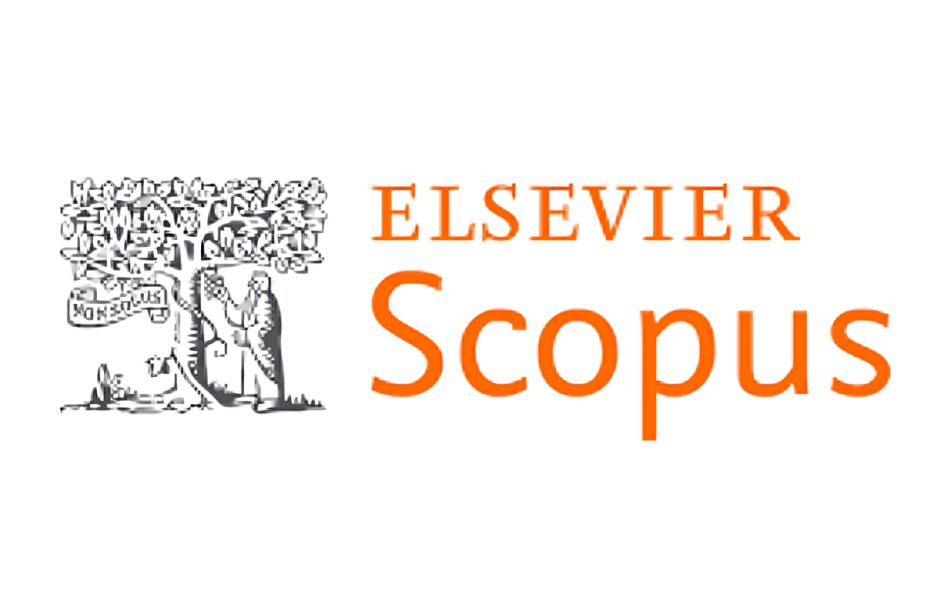تقییم واختیار المجلات فی Scopus


یکتسب النشر فی المجلات المفهرسه فی Scopus أهمیه کبیره للباحثین.
تُعتبر Scopus أکبر قاعده بیانات للمقالات المحکمه، حیث تغطی أکثر من 23,000 عنوان فی مختلف التخصصات.
نشر أعمالک فی مجله مفهرسه ضمن Scopus یضمن انتشارًا أوسع لأبحاثک ووزنًا أکادیمیًا أکبر فی تقییمات الترقیه، والحصول على التمویل، والتقدیر العلمی.
ومن خلال الاستفاده من البیانات الشامله ومؤشرات الاستشهاد الدقیقه التی تقدمها Scopus، یمکنک زیاده تأثیر واعتراف المجتمع الأکادیمی العالمی بأعمالک.

عند اختیار مجله للنشر، من المهم تقییم جوده المجله وسمعتها الأکادیمیه.
توفر Scopus مؤشرات استشهاد قویه تساعدک على اتخاذ القرار الصحیح.
CiteScore یقیس متوسط عدد الاستشهادات التی تحصل علیها المقالات المنشوره فی مجله ما، ویعکس تأثیرها فی مجالها.
SNIP (التأثیر المُعدّل حسب المجال) یقوم بتعدیل CiteScore لأخذ الاختلافات فی أنماط الاستشهاد بین التخصصات فی الاعتبار، مما یسمح بمقارنات أکثر دقه بین المجالات المختلفه.

SJR (ترتیب مجله SCImago) هو مقیاس یتجاوز مجرد حساب عدد الاستشهادات، حیث یُقیّم تأثیر وسمعه المجله بشکل عام.
لا یأخذ فقط عدد الاستشهادات بعین الاعتبار، بل أیضًا مکانه المجلات التی قامت بالاستشهاد.
یعنی ذلک أن المجلات التی یتم الاستشهاد بها من قبل مجلات ذات مکانه عالیه ستحصل على درجه SJR أعلى.
یُستخدم SJR أیضًا لتصنیف المجلات إلى أرباع (Q1، Q2، Q3، Q4):
Q1 تمثل أعلى 25٪ من المجلات وتُعتبر الأکثر تأثیرًا وسمعه فی مجالاتها.
Q2، Q3، Q4 تمثل درجات متدنیه تدریجیًا من السمعه والتأثیر، لکنها لا تزال مجلات علمیه قیمه.

عند اختیار مجله للنشر، فإن فهم تصنیف المجله حسب SJR والربع (Quartile) یساعدک على تقییم مکانتها الأکادیمیه.
ومع ذلک، یجب أن نتذکر أن SJR هو مجرد مقیاس واحد من بین عده عوامل یجب النظر فیها، مثل:
نطاق المجله
خبره هیئه التحریر
سرعه النشر
تحقق من نطاق وأهداف وموضوعات المجله للتأکد من أنها تتوافق مع ورقتک البحثیه. هذا یزید من فرصه قبولها واعتبارها مؤثره.
انظر إلى مؤشرات مثل CiteScore وSJR لقیاس سمعه وتأثیر المجله النسبی. الدرجات الأعلى تعنی عاده نشراً أکثر انتقائیه وتأثیراً.
ابحث عن السمعه العامه للمجله فی مجالک الأکادیمی. اختر المجلات ذات سجل حافل بنشر أبحاث مؤثره.
اقرأ تعلیمات النشر بدقه لتتأکد من قدرتک على الامتثال لمتطلبات التنسیق والطول والمحتوى، مما یُسهل علیک عملیه التقدیم.
تأکد من أن المجله مفهرسه فی Scopus وقواعد بیانات أخرى مثل Web of Science أو PubMed.
هذا یضمن أقصى درجات الاکتشاف والاستشهاد بأبحاثک.

هل تواجه صعوبه فی نشر أبحاثک فی مجلات Scopus عالیه الجوده؟
فریق الخبراء فی أکادیمیه سیتا هنا لمساعدتک.
نقدم خدمات دعم شامله للنشر مصممه لزیاده فرص قبول أبحاثک فی أرقى المجلات العلمیه.
من ترشیح المجلات المناسبه، وتنسیق الأبحاث، إلى الترویج بعد النشر – نرشدک فی کل خطوه.
بفضل فهمنا العمیق لمؤشرات Scopus ومعاییر تقییم المجلات، نساعدک على تحدید المنافذ الأنسب لنشر أعمالک.
دعنا نستفید من خبراتنا واتصالاتنا فی مجال النشر الأکادیمی لمساعدتک على تحقیق الاعتراف العلمی والتقدم المهنی الذی تستحقه.
إذا کان لدیک أی أسئله، استفسارات، أو ترغب فی معرفه المزید عن خدماتنا، فلا تتردد فی التواصل معنا. فریقنا المخصص مستعد لمساعدتک.